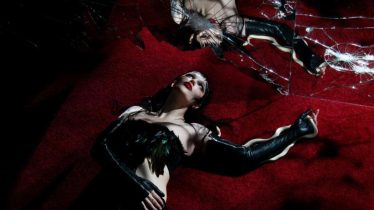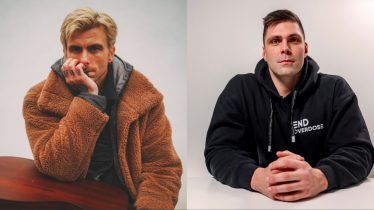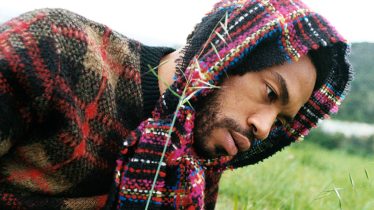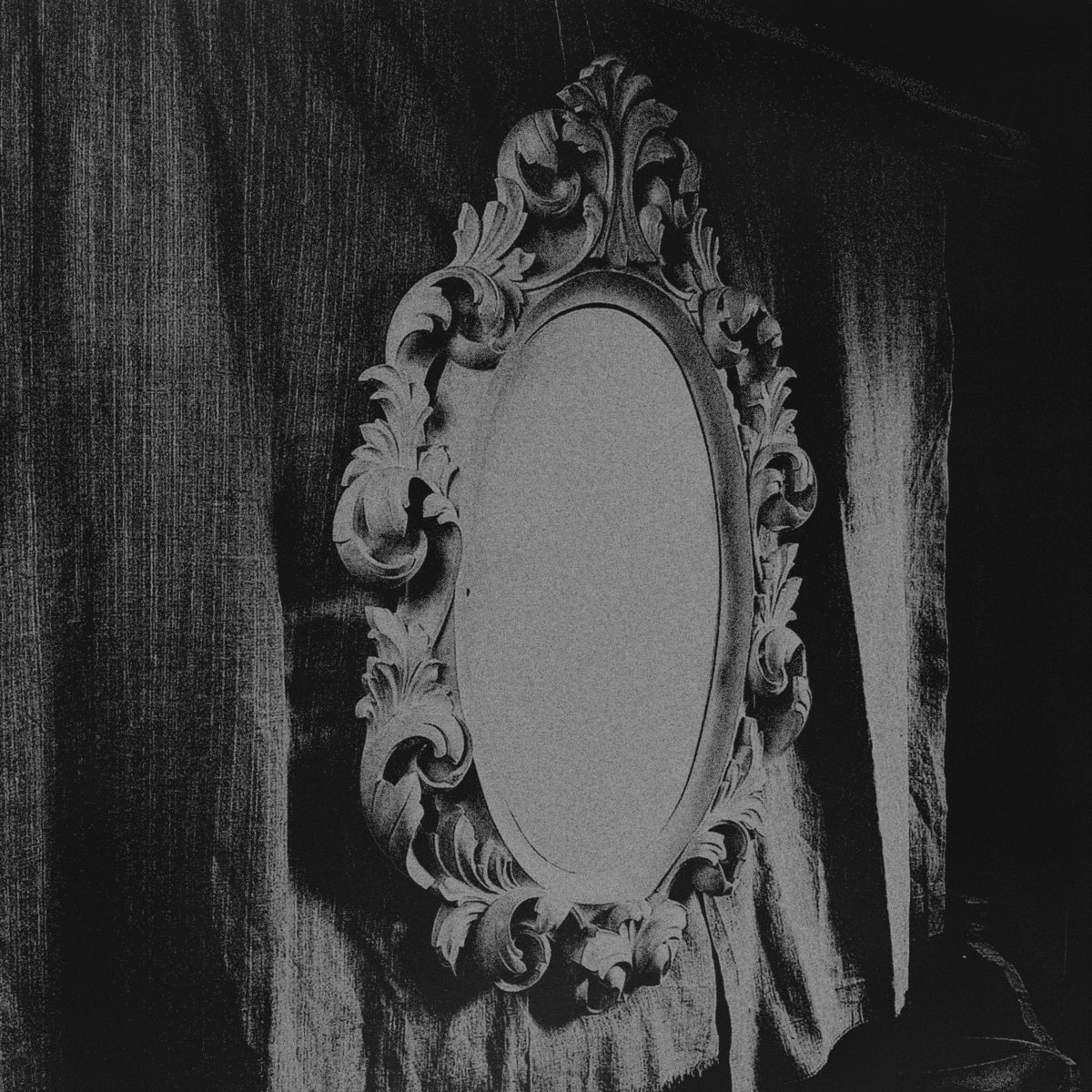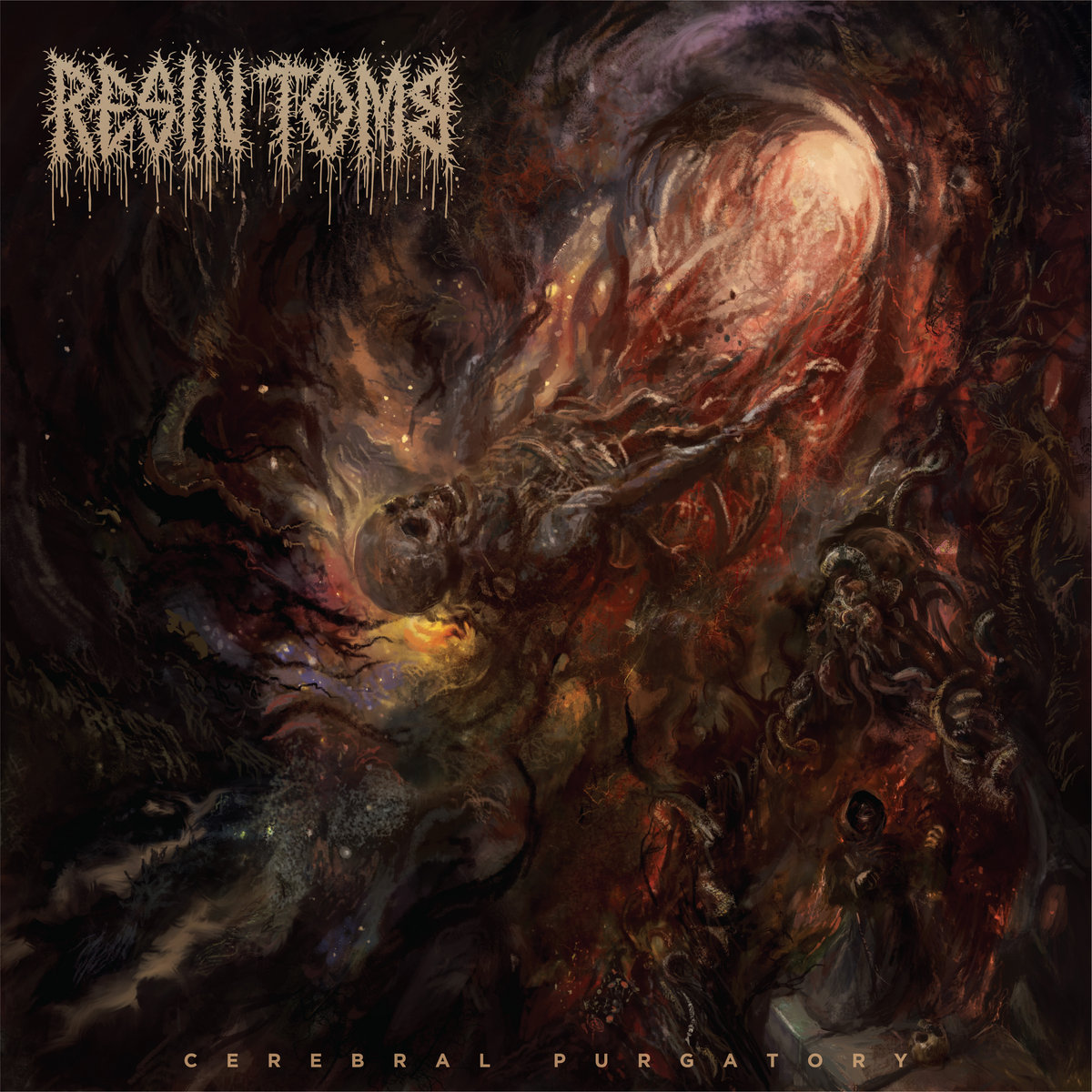Nero — Between II Worlds of soul-searching pop and floor-burning EDM
Photo Credit: Derek Bremner
If you wandered into a Stateside dubstep or electro club night between 2011 and the close of 2013, chances are, you heard at least a re-rub of Nero’s “Promises.” Pulled from their 2011 debut, Welcome Reality, the single earned Nero numerous award nominations and inspired a then-rising star Skrillex to collaborate on the official remix. That remix would earn the collective a 2013 Grammy for Best Remix (non-classical) and then catapult both artists to the head of the year’s amorphous dubstep scene.
Aside from a few festival appearances earlier in 2015 (e.g. Coachella and Lollapalooza) and select tour dates in 2014, the trio have remained relatively silent in the States since establishing a fanatic international fanbase. With the release of their highly anticipated sophomore album Between II Worlds (out now via Virgin/Universal), the group comprised of Daniel Stephens, Joe Ray and Alana Watson are set to introduce a new concept narrative and live setup to revelers across the U.S., many of whom might never have had the opportunity to capture the magic of Nero in the live setting before. Ahead of the tour launch, we caught up with Stephens, Ray and Watson to dive further into this new concept, how it will be translated in these intimate settings and the impact their debut had on the trajectory of EDM.
Another round of US tour dates are quickly approaching. How will these more intimate sets compare to the festival performances earlier in the year?
JOE RAY: A big difference is that doing our own shows means we can play longer sets and delve into material we wouldn't get to play in a festival. We can go on more of a journey throughout our back catalogue, and now we have two albums to go into. We're really looking forward to this.
What type of hardware will be making the trek? Can you break down some of the major elements of the live set-up?
DAN STEPHENS: Joe and I use two Akai MPK49s, which will be playing VST synths and triggering samples from. We also have two Minimoog Voyagers. We use these to either replace parts in our tracks that were originally played on the Moog or to play over already existing sounds, adding layers. The Moogs are fully analogue synths and they sound really warm and powerful on a big system.
I am also playing a lot of the drum parts using a Roland SPD-SX.
In a live setting, is it ever difficult to capture the delicacy of “What Does Love Mean” while also hitting the grueling menace of “Dark Skies”? The dynamics of this album are unrivaled by the vast majority of contemporaries and must give venue sound people some issues….
RAY: To an extent that's true, but I'd say our engineering is the same throughout, even if some of the sonics and atmosphere vary. But, yes, it is tricky to get this right; luckily we've got a great sound engineer with us.
Who is the team (lighting design, fabrication, etc) behind the new touring rig?
STEPHENS: The show is based on our original live booth that I designed. We toured with the original booth from 2010 to 2012. We then decided to recreate elements of the booth using very high-resolution LED panels. This means that we can animate the booth rather than it being static. Having said that, the old three-dimensional, handmade fiberglass version did have a charm and look that's impossible to replicate using flat LED panels. We may end up doing a hybrid of both booths as this show develops.
The lighting design was a collaboration between myself and our lighting designer, Greg Hill (Fractured Light).
It has been four years since your debut, Welcome Reality. How has the landscape of electronic music shifted since then?
RAY: I'd say the biggest change has been in the way people listen. It was already heading this way four years ago, but now it feels even more like something that lives on the Internet — a quick blast of sound that people make, listen to and share really quickly.
In retrospect, what was the impact that album (and your remix of “Promises” alongside Skrillex) had on this growth?
RAY: It's really hard to say from our perspective, but looking back, it's amazing to think how well that album did internationally. It came at a moment when dance music was exploding in the States, and it's nice to think we were part of that.
Like your debut, Between II Worlds is another concept album. Can you explore some of the themes and how this might be captured in the live setting?
ALANA WATSON: We didn't actually set out to make either Welcome Reality or Between II Worlds concept albums. They evolved to become such because of the way we linked songs together through the use of segues and due to the world we created around ourselves. Having said that, we wanted both albums to have a cinematic feel which takes the listener on a journey, and I think that both our albums succeed in doing that. Personally, I feel that Between II Worlds explores themes of love and loss in a dystopian world.
These ideas are portrayed in a live setting through the use of our visuals, lighting and through the journey we want to take our fans on musically.
The fragility of relationships is a topic that frequently arises during the new album. How do you manage that struggle while on the road?
WATSON: It’s true that touring can be hard and can put strain on relationships but we have all grown up together. We are like family, so if we argue we know that we'll stay strong whatever happens. It's always good to have the odd moment alone where possible before regrouping and carrying on.
How do you envision fans walking away from the live NERO experience of 2015?
WATSON: Emotionally drained and sweaty. Haha!
UPCOMING TOUR DATES:
10/21 — Royal Oak, MI @ Royal Oak Music Theatre
10/22 — Cleveland, OH @ House Of Blues
10/23 — Minneapolis, MN @ Skyway Theatre
10/24 — Philadelphia, PA @ Electric Factory
10/27 — Edmonton, CN @ Union Hall
10/28 — Calgary, CN @ Flames Central
10/29 — San Francisco, CA @ The Warfield
10/30 – 31 — Tacoma, WA @ Freaknight 2015
